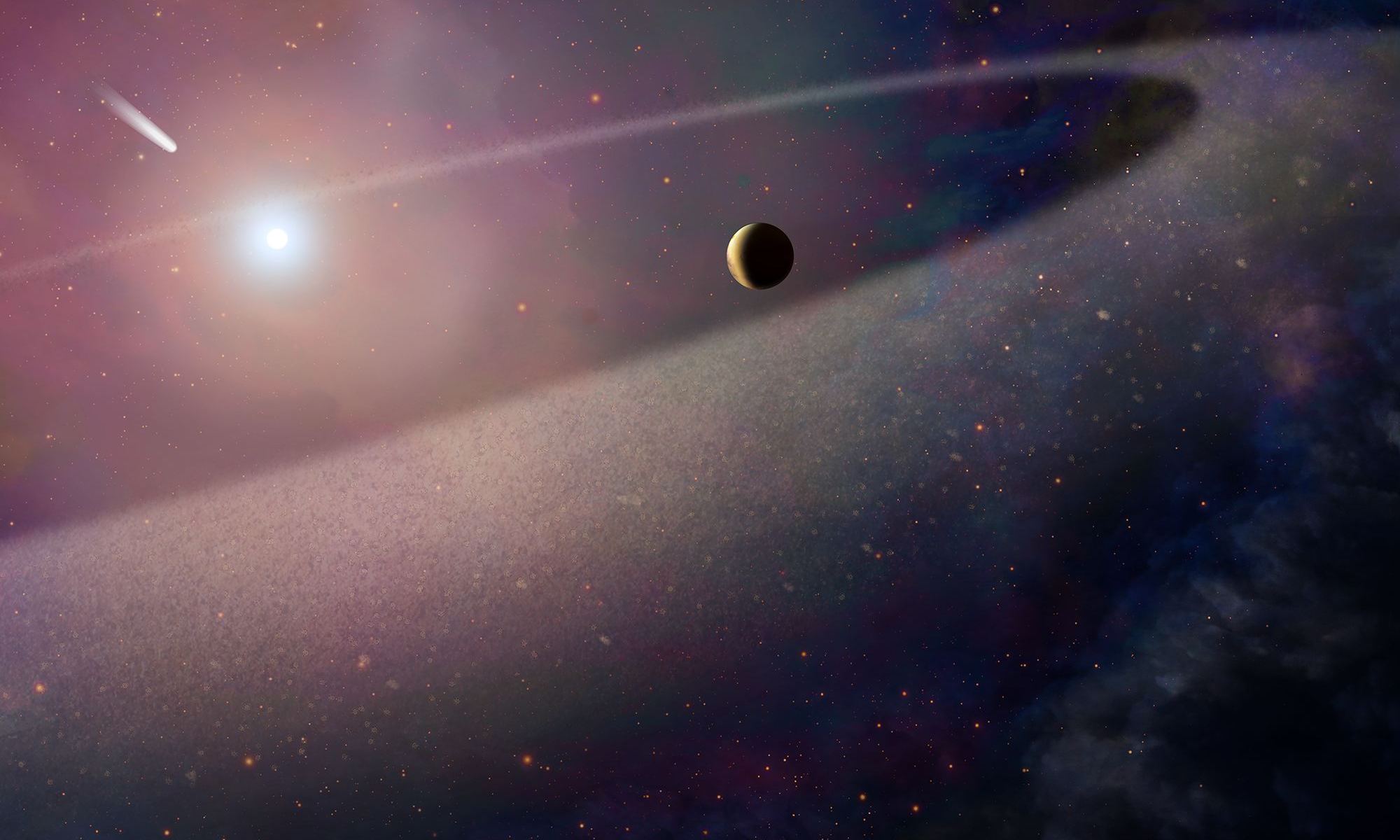In a recent study accepted to the Monthly Notices of the Royal Astronomical Society, an international team of researchers led by Texas A&M University investigate how the James Webb Space Telescope (JWST) can detect a variety of exoplanets orbiting the nearest 15 white dwarfs to Earth using its Mid-Infrared Instrument (MIRI) Medium Resolution Spectrograph (MRS). This study holds the potential to expand our knowledge of exoplanets, their planetary compositions, and if they can support life.
A white dwarf is an incredibly dense star about the size of Earth that is the result of a Sun-like star exhausting all their nuclear fuel. Essentially, a white dwarf is what our Sun will become at the end of its lifetime billions of years from now. So, why are white dwarfs of particular interest for the search for life beyond Earth?
Mary Anne Limbach, who is a PhD Candidate in the Department of Physics & Astronomy at Texas A&M University and lead author of the study, explains how difficult it is to detect biosignatures on planets within the habitable zone (HZ) of Sun-like stars due to the Sun being 10 billion times brighter than the Earth. She says this means the JWST instruments would not be able to detect an Earth-analog exoplanet due to the starlight drowning out the light of the Earth-analog that is being imaged.
“On the other hand, white dwarfs, the remnants of dead stars, are much smaller than the Sun,” said Limbach. “In fact, the size (radius) of a white dwarf is about the same as Earth. In the infrared a white dwarf is only about 100 times brighter than an Earth analog. Also, most white dwarfs do not have star spots or flares, but rather remain at constant brightness over time. So, if we instead place a white dwarf and Earth-analog at 5 parsecs, we still cannot image Earth-analog, but we should detect the 1% of extra light we receive due to the presence of an Earth. This extra light is referred to as ‘infrared excess’ which is the method we propose in the paper to detect white dwarf exoplanets.” For context, one parsec is equivalent to 3.26 light-years.
Using this method, the researchers discovered JWST was capable of detecting the infrared excess of cold gas-giant exoplanets orbiting white dwarfs withing 15 parsecs from Earth, along with temperate or hot terrestrial exoplanets, which include both Earth- and Mercury-analogs, within 10 parsecs from Earth. The study also discusses how follow-up spectroscopy observations using MIRI can be utilized to search for biosignatures on terrestrial worlds within the habitable zones of white dwarfs. While these findings are extraordinary, can JWST be used to potentially observe biosignatures on planets around stars other than white dwarfs?
“Transit spectroscopy, which is a method for characterizing the atmospheres of exoplanets, is another method that has been proposed to search for biosignatures with JWST,” explains Limbach. “Other research papers have explored using this technique for white dwarfs and M-dwarf stars (which are less massive than the sun, but still fusing hydrogen). Using JWST transit spectroscopy, it would take hundreds of hours to detect biosignatures on the Trappist-1 planets, the most favorable M-dwarf for these observations. For comparison, to detect biosignatures on an earth-analog orbiting a white dwarf at 5 parsecs would take about 25 hours using our proposed infrared excess method. However, there’s one catch: we know about the Trappist-1 exoplanets, but we have not detected any terrestrial exoplanets around white dwarfs. Hence, our goal is to first identify these exoplanets using infrared excess so that they can be characterized.”
The Trappist-1 system is a star system located 12 parsecs (39 light-years) from Earth with at least seven Earth-sized planets in orbit around a star that is 12 times less massive than our own Sun, with a 2021 study indicating all seven planets share the same densities, indicating they might be rocky worlds. So, what does the future hold for trying to find life beyond Earth?
“NASA has plans to build a telescope capable of imaging habitable exoplanets around sun-like stars, but there are no planned upcoming infrared space observatories with sensitivities comparable to JWST,” said Limbach. “So, observations with the JWST/MIRI instrument may be our only chance to search for life around nearby white dwarfs. If an abundance of life exists in this obscure location, we are likely to detect biosignatures on these worlds with JWST in the near future long before we have observatories capable of characterizing Earth-analogs orbiting sun-like stars.”
As always, keep doing science & keep looking up!
Featured Image: Artist’s rendition of a planet and comet orbiting a white dwarf. (Credit: NASA, ESA, and Z. Levy (STScI)

